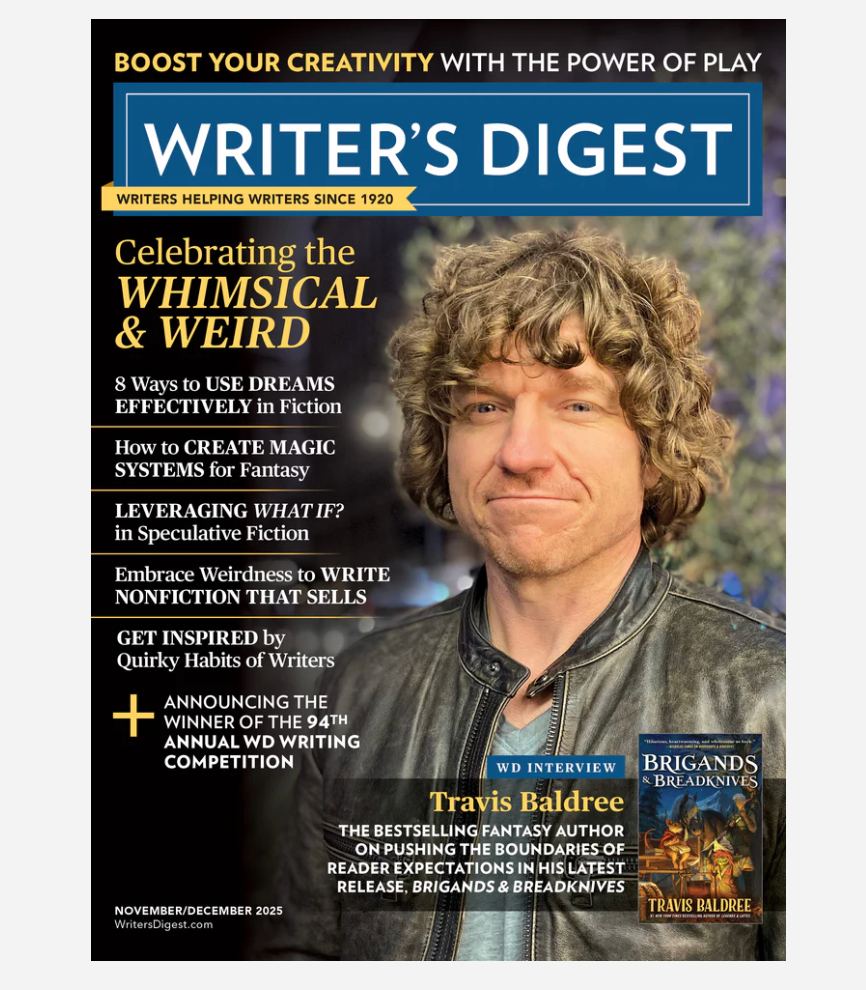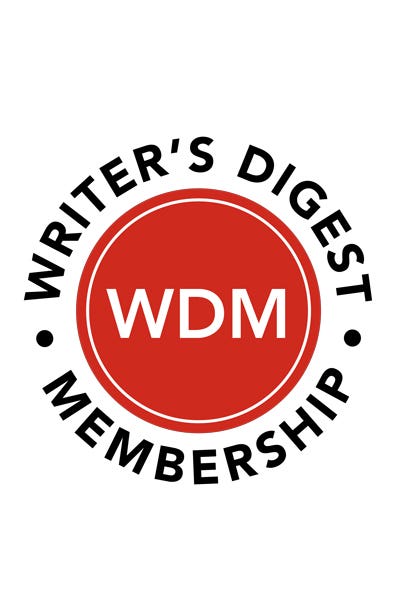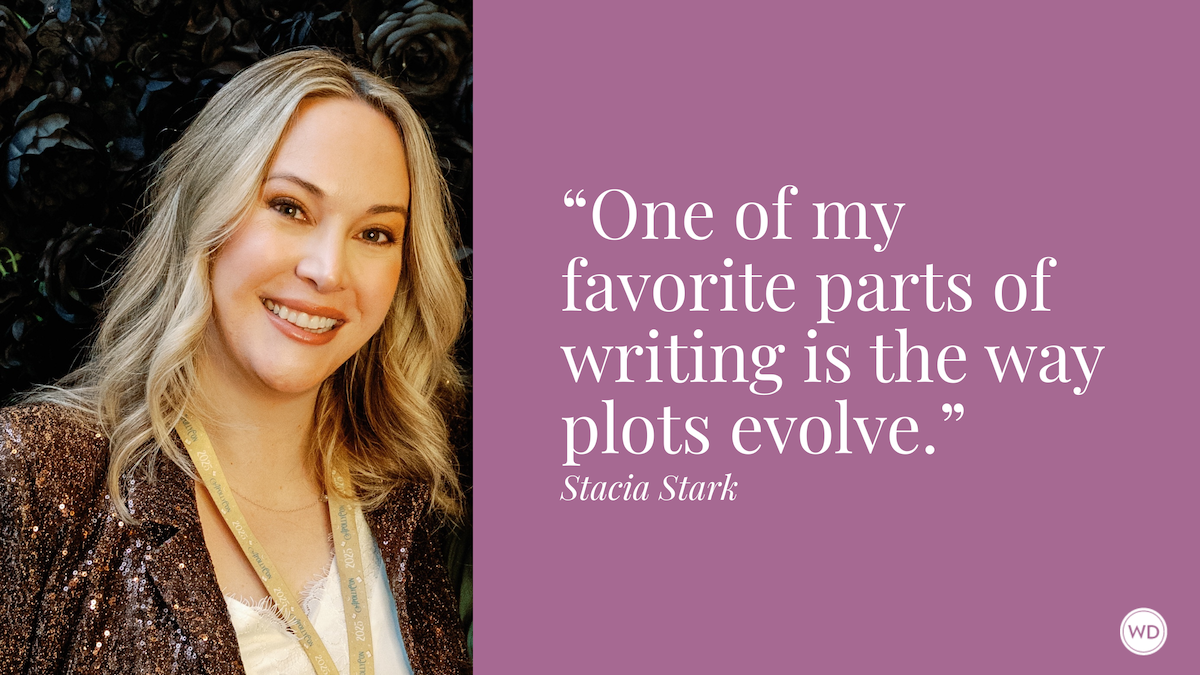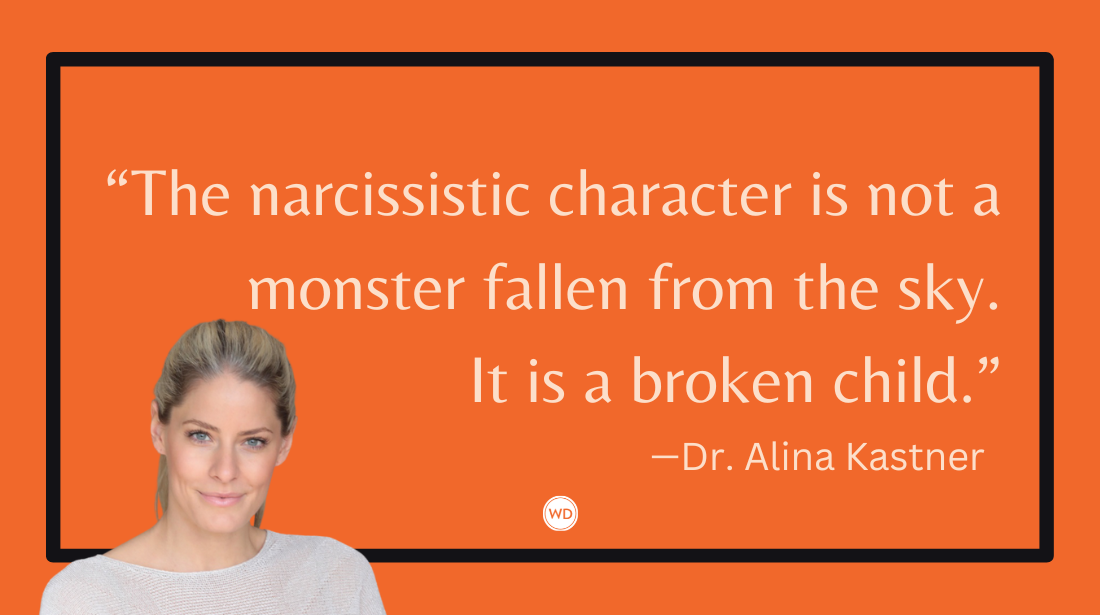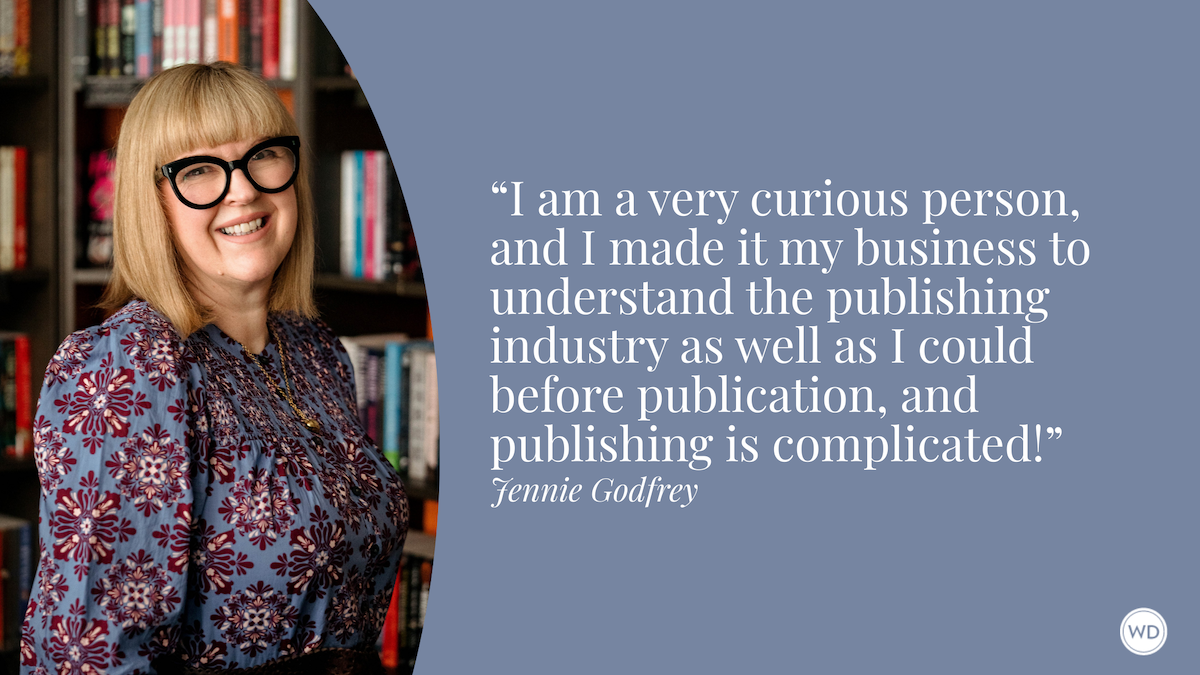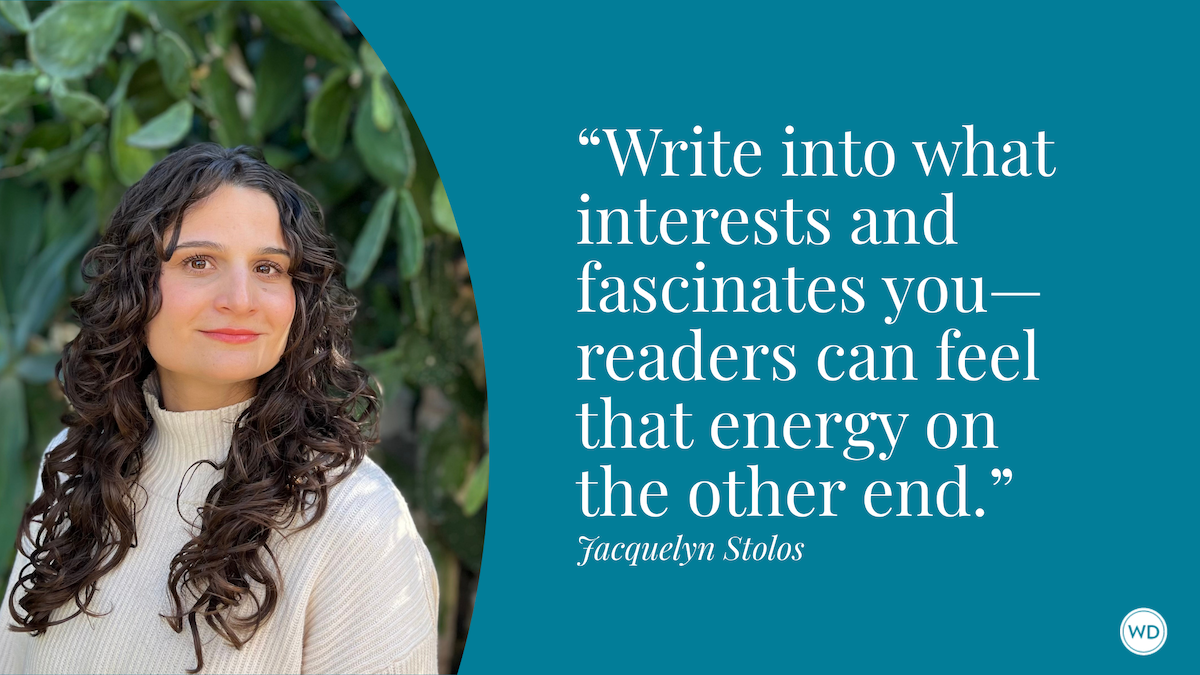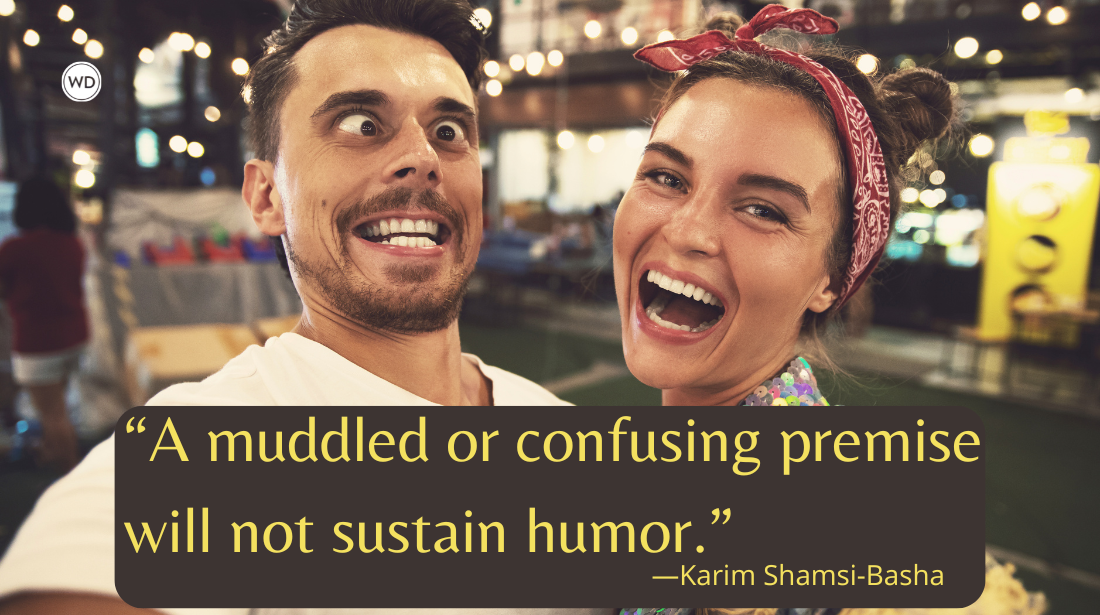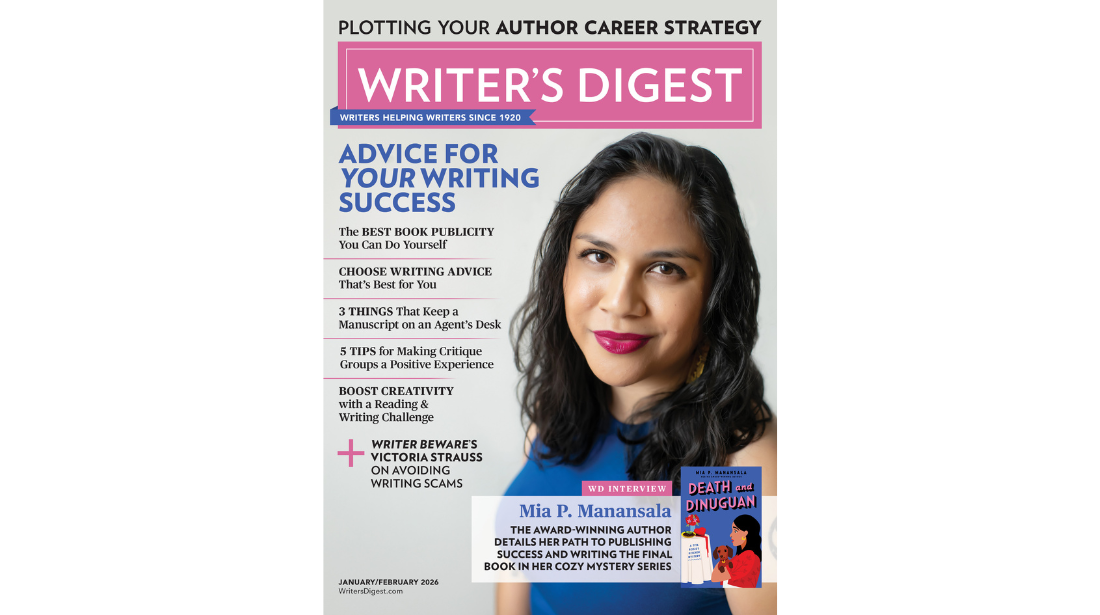Write What You Don’t Know
Author and writing coach Colleen Patrick shares how writing what you don’t know (or at least as if you don’t) leads to deeper writing.
The most common advice in the writing world is to “write what you know.”
While I agree, I also believe that if we stop there, we might be overlooking other rich, profound material. When we write something with which we are intimately involved, a subject nearly second nature to us, we might ask ourselves if there is something else, something insightful, we’ve overlooked—something we don’t know we’re missing.
In other words, write what you know in a way you would write about something you don’t.
Frequently because we’re so ensconced in our topic, we trust our reader is on the same page, so to speak. We assume our understanding and viewpoint of the subject are automatically shared and understood by our reader. But that reader doesn’t come equipped with the same baggage, experience, or background we do.
The point is not to pander to the unaware reader, but to meet them the level at which we can authentically tell our truth in a way the reader will comprehend, with both reader and writer sharing the written vision. Now, the reader doesn’t need to agree with your interpretation, just understand it.
When we write about what we don’t know, we start from scratch. We research, observe, assess, compare, deduce, and study until we’re comfortable with our ability to convey our story, characters, and thoughts clearly, coherently, comprehensively, and creatively. We notice details not recognized by the casual observer. We can write more deeply and intensely because we’ve gathered additional, insightful material that makes a qualitative difference in our dramatization and dialogue.
Searching for what we don’t realize we don’t know can lead to unexpected discoveries. A rather shocking example took place during the trial of E. Jean Carroll, who was sexually assaulted by Donald Trump (convicted); he then went on to defame her (also convicted).
In her book, Not My Type, Carroll shares what her topnotch lawyer confidently knew to be tight, tough, and winning arguments—based on how Carroll and her sharp legal team experienced the world. They presented their terrific arguments at mock trial exercises, in which ordinary folks are asked to be unofficial jurors to decide how they would vote if this were an actual trial.
Carroll and her legal team were stunned. Their presentation failed. They learned they lost the mock cases because they based their arguments on treating women, as a class, fairly. Doesn’t everyone want equality for both sexes? Fair play? Justice?
No. The Carroll crew got an unanticipated dose of reality. Outside their dome of enlightenment, gender equality in our society-at-large was not a shared interest of the mock jurors.
Because Carroll’s crew did a deep dive on what jurors would *not* care about, they found what the jurors from all backgrounds *would* be open to hear without bias: the personal story of suffering and pain an individual woman was forced to endure. Based on evidence, of course.
Forget the idea that social justice should be their legal argument. Stick with verified facts of the tormented abuse Carroll had to bear.
So, Carroll’s personal truth became the focus of her case, and it went on to be a winner with jury after jury. I highly recommend Carroll’s just released book—especially the audiobook version, which she narrates, liberally displaying her sense of humor.
Here’s another example of how making an assumption about your audience might lead to errors: A TV sportscaster interviewed the new star of a winning baseball team. “A grand slam victory! What a way to end your first game!”
The athlete looked at him quizzically.
The sportscaster wondered what he said that wasn’t clear.
The player’s translator stepped in with, “Jonrón con bases llenas.” Of course. The player just arrived in the US from the Dominican Republic. The player smiled, laughed, and responded… in Spanish.
Writing what you know from your heart, your soul, your gut, is what readers cherish. The key is to find ways to go much deeper with your material. Readers always want to know and learn how other humans deal with this journey called life, even if it’s only to discover how they survive.
One way to access a deeper understanding of writing what we know by discovering what we don’t know is to use my imaginary light exercise.
Imagine walking into a pitch-dark room, let’s say a kitchen. Your kitchen. Now flip the light switch ON. BAM! The room is brightly lit, illuminating everything, everywhere, all at once. Details can’t be distinguished because our senses have been overwhelmed. Living in developed nations, we’re not aware of being overcome because everyone has electricity. It might be normal for us, but our senses are still overloaded with an information attack, instantly. We recognize where we are, what our story is, but details are missing because we can’t yet access them.
Now re-enter that same dark room. Only this time, light a match. Notice the difference in perception. Your vision is limited with the low luminosity, but you can slowly distinguish details. Um, you may want to light a candle with that match, so you don’t burn your fingers. Incrementally, you will recognize details, taking them in linearly. Particulars you missed with the onslaught of the light bomb will now draw you more deeply into your relationship with the environment and the emotions that pop up.
Notice the shadows, the nuances—that you can only see now.
Your movements are slower so you can take in every element, recalling memories created in that room. Marks on the wall where the kids’ growth was measured. What fun that was. The egg timer your mother gave you that you thought you lost.
Police find evidence by turning lights out and using their flashlights to carefully cover each inch of a room, also using UV-A (“black”) light to find any trace of bodily fluids. I do this when I’m looking for something I’ve misplaced. As I’m not interested in finding bodily fluids, I do not use a UV-A light. I turn the lights off, the flashlight on. It works!
I meditate with a candlelight image in mind, envisioning what my imagination is illuminating. My mantra: “Show me what I am missing. Show me what I need to know.”
By drawing your readers more deeply into the details, heart, and characters of your story, they will enjoy being immersed. Conversely, you will understand when you need to flip the powerful light switch to impact a scene for a dramatic turn, distraction or red herring.
Can you see how this differs from a system of simply listing external “characteristics” like age, hair color, school majors, religion, economic class, and other exterior factors that may not reflect the true nature, demeanor, depth, reality, or attitudes of your characters?
Even if you’ve worked with them awhile, ask yourself, “What if I just met my character—and didn’t know anything about him/her/them? Could their upfront story be a cover for a deeper experience or journey? Did they lie? Could my impressions be wrong or misleading?”
Be thoughtful about what you do and don’t know, realizing you may not immediately identify what you don’t know.
Coming from a broadcast and newspaper journalism background, I’d always been rushed to complete stories and columns on tight deadlines. That doesn’t work for quality fiction, nonfiction, or screenwriting. Today, I take my time, go further. I take that extra step.
So, light your imaginary match. Slow down. Let the details and shadows imbue your senses. Trust yourself to know when it’s time to check your assumptions, to take a deeper look so you can tell your truth, your story, in the very best way possible—your way.


